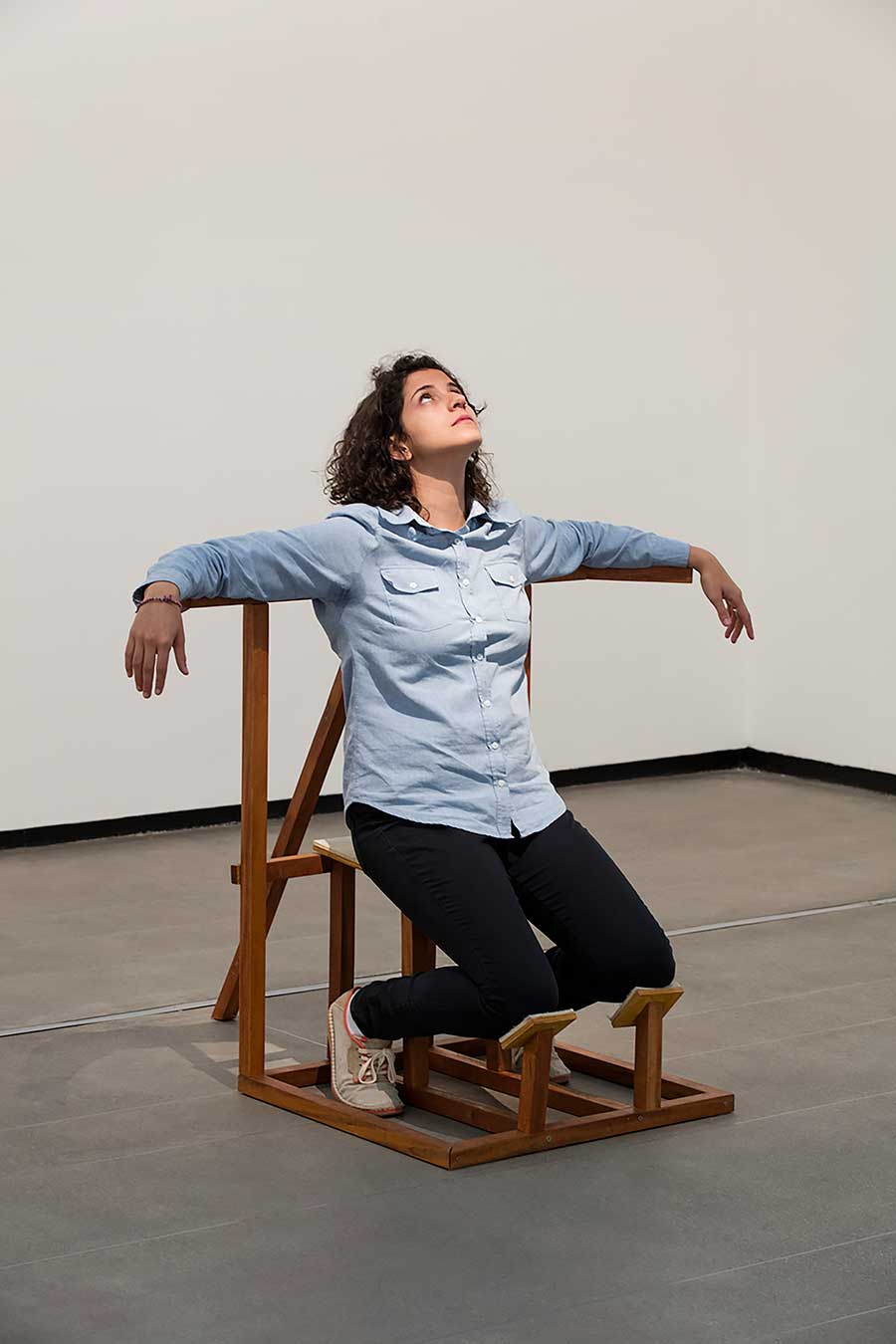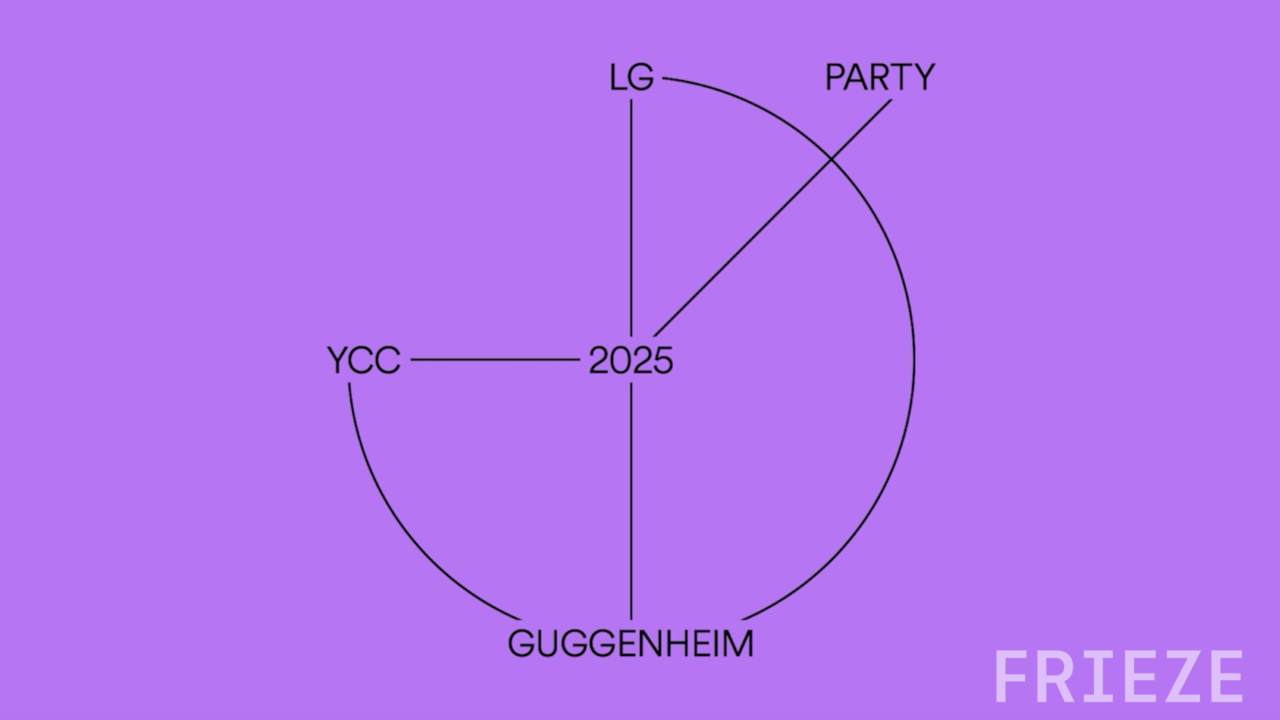Fairs Are a Place to Learn
Loring Randolph explains how a decade’s experience as a gallerist in New York informs her vision for Frieze
Loring Randolph explains how a decade’s experience as a gallerist in New York informs her vision for Frieze

I’ve been working at art fairs as a gallerist since 2006, so I know that for everyone there’s inevitably that split second when you ask yourself: why am I here again? For my first experience with Frieze New York from the inside, I’ve tried to keep the many answers to that question at the front of my mind: honing in on ways this platform can offer unique experiences and opportunities for galleries and visitors alike.

There are a few initiatives this year that are geared toward our conversations with galleries. Since many galleries are relatively small organizations, they don’t necessarily have their own research departments: Frieze can help by supplying information and resources that they might not be able to produce on their own. So, on Thursday May 3rd, we’re hosting a few closed-session discussions with artists, galleries, and curators about artist’s archives and estates. It’s a very practical issue for galleries and artists to ask the question — “what happens now when a gallery takes on an artist’s estate?,” — as this is becoming more and more common. My hope is that we can translate a research day such as this into a tear-sheet with some of what we learned and offer it to all of the fair exhibitors at the end of the week. It could be a valuable beginning to a new history of the artist archives and estates transferring into the care of gallerists.

Frieze fairs are places to learn. You see things you may not see otherwise, discovering new works and artists, and I don’t just mean young, emerging ones! In the Spotlight section curated by Toby Kamps this year, you can see work by Emma Amos, who is 80 years old, but whose pioneering African American portraiture is just coming back into view after her inclusion in the seminal exhibition “Soul of a Nation: Art in the Age of Black Power” which recently closed at Crystal Bridges in Arkansas. I am also particularly excited about David Kordansky’s solo presentation of Torbjørn Rødland’s work. I am drawn to art that makes me uncomfortable, and Rødland’s photographs have a perverse, pressurized relationship to genre photography like portraiture and still life. Rødland has received a lot of attention in Europe, but just hasn’t had much of a presence in New York, so it is great that Dave is bring his work to the fair. I think New Yorkers are really going to go crazy for this!

Frieze this year is more New York-focused than ever — with nearly 70 exhibitors coming from our big city. A perk of the fair is that you can cover whole gallery districts in just a few steps. You can also dig into inaccessible bits of the city’s scene — like Hudson’s gallery Feature Inc., which closed in 2014, but is a key part of New York’s recent art history. In the section that Matthew Higgs is curating at Frieze, you’ll be able to step into that legacy — right down to the Roy McMakin furniture — in a way that’s not possible anywhere else. I am eager to welcome younger galleries from NYC, like JTT, Simone Subal, and Essex Street into Focus, the fair’s subsidized platform for galleries under 12 years old, and Bridget Donahue and Kai Matsumiya into the Frame section, for galleries less than 8 years old. The galleries in Frame all do solo presentations, so you see a great cross-section of artists from across the world — like Ana Mazzei from Brazil showing with Jacqueline Martins, whose sculptures will be activated by fair visitors. How often do you enter an art fair booth where you’re encouraged to touch everything?

I’ve worked to overhaul the layout of the fair this year, and Frame is now literally at the heart of it: it is, in a way, the heart of Frieze. In this section is also the Live booth, where you’ll see a daily changing program of artist works, videos, and performances. Titled “Assembly” and curated by Adrienne Edwards, the program is themed around artist’s responses to street performances and protest marches — which makes so much sense in NYC. Close to my heart is Lara Schnitger’s Suffragette City (2017), a visually stunning processional that will traverse the fair, addressing issues of women’s rights. Another coup is Dave McKenzie performing all day in the booth on Sunday. His movement will draw attention to how black bodies are met wrongly with surveillance and suspicion. McKenzie is another artist that New Yorkers may not know so well, even though he lives here he flies under the radar! The fact that Fred Moten is speaking at Frieze Talks (with Sondra Perry) on Saturday May 5 is also resonant: Fred’s a poet and academic who’s been a real intellectual touchstone for Black Lives Matter. A few years ago, I saw him doing an intimate performance with Kevin Beasley at MoMA, where he wrote a profoundly moving, nuanced, rhythmic, and badass poem on stage in under an hour. I think he’s a genius.

At the time of writing, Adrienne Edwards and I are trying to fly a monumental new version of Adam Pendleton’s Black Dada Flag from 2015 over Randall’s Island Park, which is home to the fair. The spot that Adam chose for this, “Scylla Point,” has a reputation for treacherous rocks: pre-2001 it was known by the racist name “Negro’s Point.” The United States is negotiating difficult sites of our history at the moment — taking statues down and renaming roads and bridges, and we have the chance to not just “erase” our painful history but to mark it as territory for change. If we are able to do this, it shows what we can do with the fair as a platform, and certainly provides one answer to why we should be here, at Frieze New York.
Frieze New York 2018 runs May 3-6.























